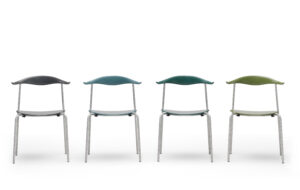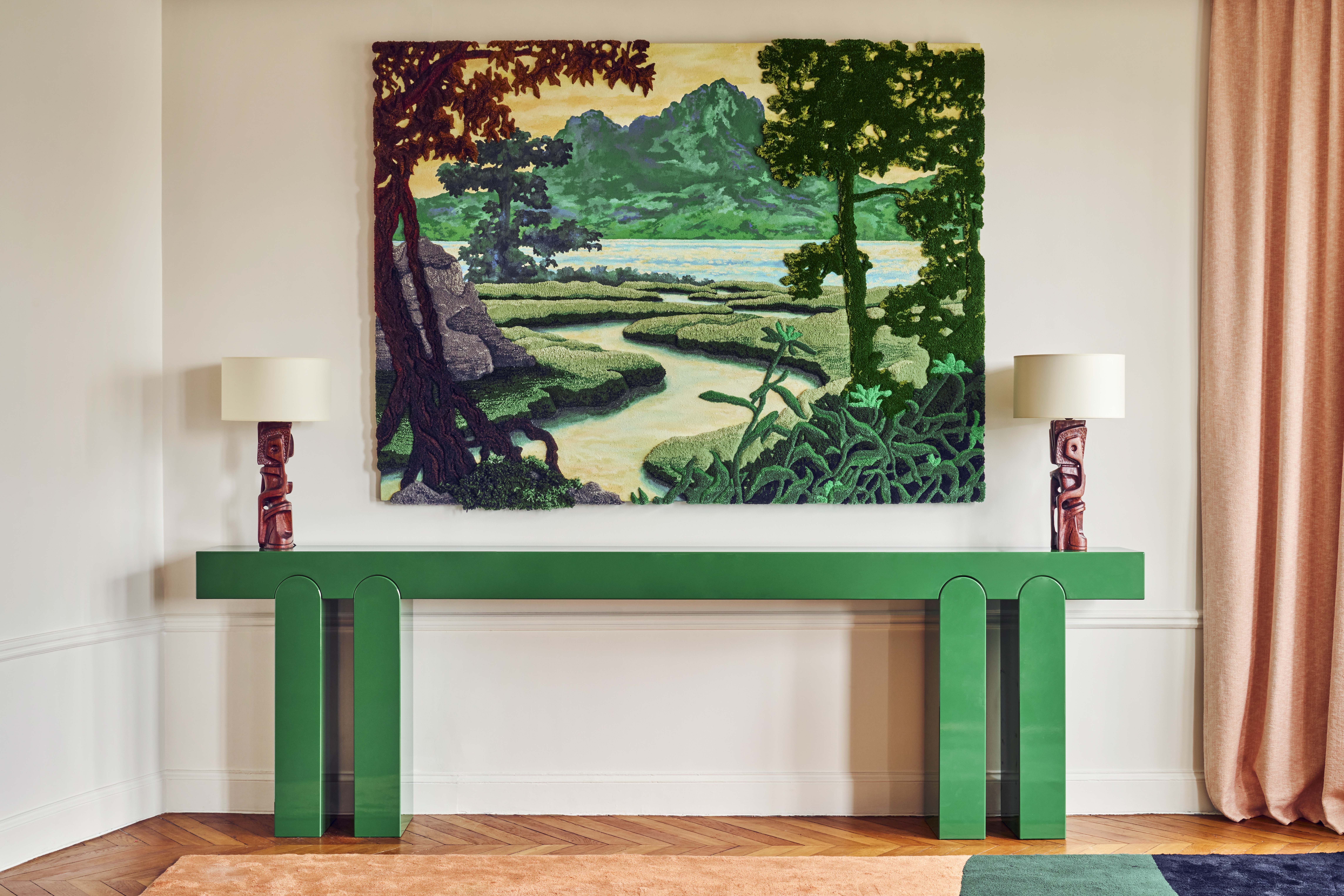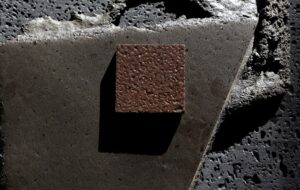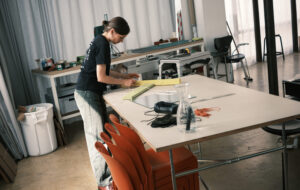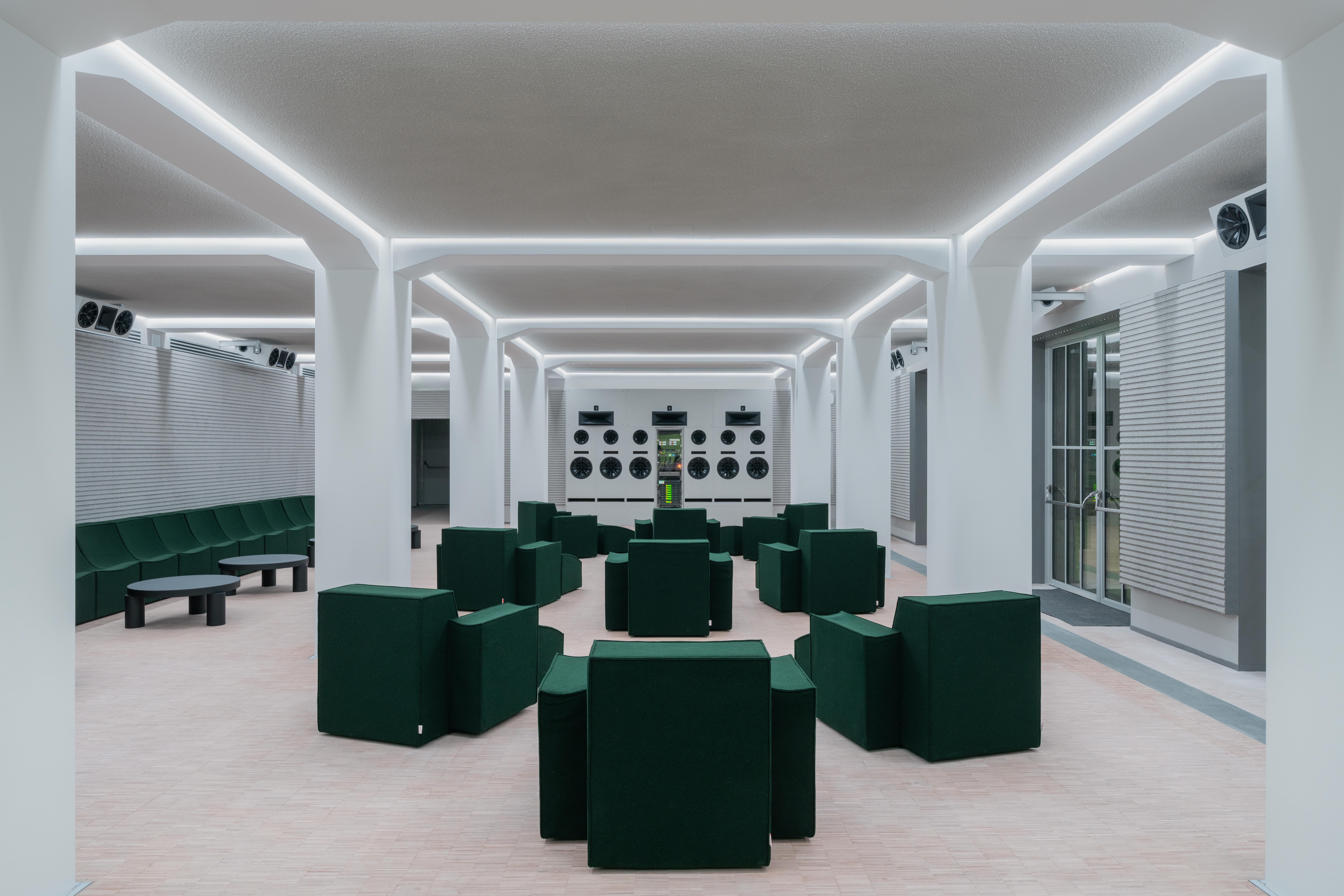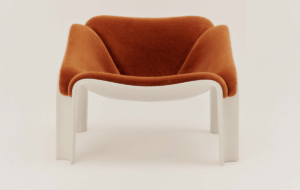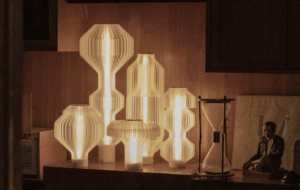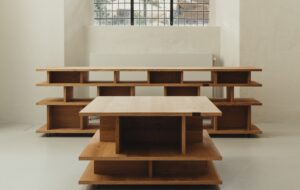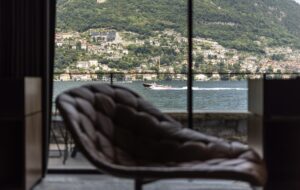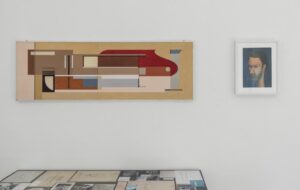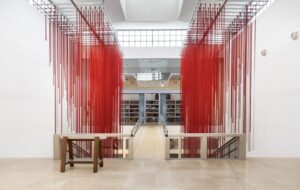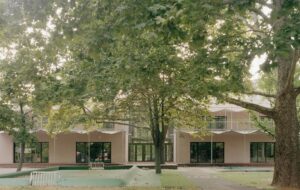|
A group of architects in the Portuguese capital is fixing like-minded tenants up with vacant spaces, and the creative spirit is spilling out into the streets. Syma Tariq paid them a visit For a neighbourhood whose name means “mercy”, perhaps it’s no coincidence that Lisbon’s Misericórdia district has so far been spared from the post-crisis property speculation and hotel-chain acquisitions taking over the rest of the historic city centre. Its narrow, winding streets are still home to traditional small businesses – from furniture restorers to barbershops – that have been here for generations, as well as several multidisciplinary associations such as gallery cafes or small theatres that draw in cultural crowds. That’s not to say the financial crisis didn’t affect this locale: as both public and private investment plummeted after 2008, many owners – be they individuals or real-estate funds – sat on empty 18th-century buildings, either unwilling or unable to renovate, rent or sell. The impact was noticeable in the many vacant ground-floor spaces dotted among the resistant cafes and family-owned bookstores. Though the neighbourhood sits between the central hubs of Baixa/Chiado and Santos (the former a hotspot for global retail, the latter a city-hall-branded “design district” that has markedly bombed in its intentions), it can feel like a peaceful Portuguese village – except when the famous yellow number 28 tram loudly trundles through its main artery. That street – Rua do Poço dos Negros – and the two triangulating it have, since 2013, been witnessing a slow takeover, with the empty shells found at the base of its stunning-but-decaying buildings serving as prime targets for those looking for low-cost street-level studios or workspace. The push came after four architects – Margarida Marques, Mariana Paisana, Marta Pavão and Sara Brandão – won a social entrepreneurship grant from the Gulbenkian Foundation to create their project Rés do Chão (“ground floor”), a network connecting owners of vacant ground-floor spaces with potential tenants and local associations. The idea was to renew urban life through shared letting agreements and systems of temporary occupation while involving the community as much as possible. The team offers renovation work if required. “Because these spaces were vacant, the streets were deserted, which meant fewer people and less investment,” Paisana says. “So instead of thinking through the same square metres along a vertical scenario, we decided to spread the potential area of rehabilitation horizontally, across ground floors. That brings more people into those spaces, more people wanting to visit those streets, with more things to see and do.” All four were living abroad at the time of their application: now each works part-time at their HQ, a former grocery store at 119 Rua do Poço dos Negros. Their ongoing survey of the area is expressed as a website mapping all occupied and unoccupied spaces as well as existing shops, businesses and services in the three streets. A form on the site allows people to register an interest in a space, detailing the kind of work they do, with Rés do Chão connecting them to owners and, in typically collaborative fashion, to other like-minded tenants. The process is kept as objective as possible, with no vetting on the part of Paisana or her colleagues. “It was a question that we put to ourselves: if we don’t like a project so much, should we try to find a place for the people behind it? But I think it’s organic, because the people who contact us know we’re talking about sharing spaces, about rehabilitating, about keeping a connection with the neighbourhood. It never happened that a corporation came and we had to find a place for them. I don’t think that will ever happen.” Rés do Chão’s data collection involves walking around and speaking to people. They found their own space by talking to the local pharmacist, who put them in touch with the owner, who let them have a few months rent-free while they embarked on a low-cost three-month renovation, including a mezzanine floor. This created room for eight desks that could be rented out. “We never intended this project to just be for designers,” Paisana says. “But I guess that people who are interested in ground-floor space are interested in showing their products. You can have your own workspace and a retail space for €180 a month here.” One tenant is fashion designer Madalena Braga, whose Mad.B Studio collection sells in the mini-shop that opened at 119 Rua do Poço dos Negros in June 2014. Her clothes hang from the former grocer’s modular wall-shelving. “I’ve been renting a top-floor studio space here for a year now, and want to stay longer,” she says. “Working here is different to working at home or anywhere else.” All the occupants, including the Rés do Chão team, take it in turns to run the shop during the week. Despite speeding things along with their presence, Rés do Chão weren’t the first creatives to move into the area. A ground-floor theatre, Cão Solteiro, had already opened in the street, while further down, Oficina Colectiva, a multidisciplinary shared studio in a former bakery, moved here in 2012. Its front-of-house sells products developed by other Portuguese makers such as Toyno, which produces contemporary collectible “toys” for grown-ups, as well as creations dreamed up in the studio itself, such as notebooks by stationery brand Namban, produced using old paper-cutting machines owned by an elderly gentleman a few streets down. Oficina was crucial in terms of guidance and advice to Rés do Chão, and joint talks, exhibitions and pop-up events take place in both spaces, as well as in older establishments in the neighbourhood. “Most co-work spaces are places where you come, you bring your computer, and you leave at the end of the day,” says freelance designer Maria Azevedo Coutinho, who is currently working in Oficina. “Here it is very different. You become part of the neighbourhood, and that allows for exchange and collaboration even with people who you didn’t know.” One socially engaged project that found a space through Rés do Chão is A Avó veio Trabalhar (“Grandma Came to Work”), a small cooperative-design NGO run by designers Susana António and Ângelo Campota that involves local senior citizens. The demographic is different, but the purpose is familiar – to have a ground-floor room where products are sold, ideas shared and connections made to neighbourhood workshops. Avós are introduced to artisans and designers interested in old techniques such as textile crafts or silkscreening, as well as younger tenants renting a desk nearby. It’s clear that new occupants in this network of streets rely on the people and resources that pre-existed them, although it’s also true that, as Lisbon experiences higher property demand, especially relating to booming tourism, this new designer-led urbanism risks triggering gentrification. But, in Misericórdia, no one seems to want to push anyone out. A fifth member of Rés do Chão, the anthropologist Manuel Pereira, has been taken on as a project manager – a post that includes overseeing the monthly street market – to study such problems. “When we talk about Rés do Chão, we always talk about a project of architecture,” he says. “It is however a project of social development, of territory. There are always problems, economic and social, but we can work with local people, listen to them, provide opportunities to participate, to co-design solutions.” Misericórdia is definitely becoming livelier as a community. Locals run most of the stalls at markets, and both new ‣ and old guards venture into spaces they wouldn’t have before. A quick look at Rés do Chão’s online map shows how diverse the area is becoming, with carpenters and pizza places given equal showing – and thanks to this network, older residents are also asking to get involved. “The owner of the local Cape Verdean restaurant approached us because he wanted to be part of the exhibitions we were helping to organise in the windows of local businesses. He wants to host dance classes too,” Paisana says. “I was surprised at how many people here make the time to get involved.” In August, architect André Rodrigues Costa and two friends moved into a tiny ground-floor space next to Rés do Chão. He is helping them to develop the new urban-furniture project Parklet, which creates public seating out of wooden crates in parking spots loaned by city hall – an idea that Margarida Marques brought back with her from São Paulo. It’s one sign of how the ideas shared within these ground-floor spaces are literally spilling out into the street. As Rés do Chão continues into the next year with fresh city-hall funding, it’s likely to trigger higher rents, as individual owners of vacant spaces cotton on to a good thing. Paisana and her colleagues do argue for rent-capping and fines on real-estate funds that leave buildings empty for too long – and though they cannot do much about what individual owners charge tenants, they can help fight for what attracted them here in the first place: a changing but inclusive creative neighbourhood. |
Photography Emilie Gouband
Words Syma Tariq |
|


